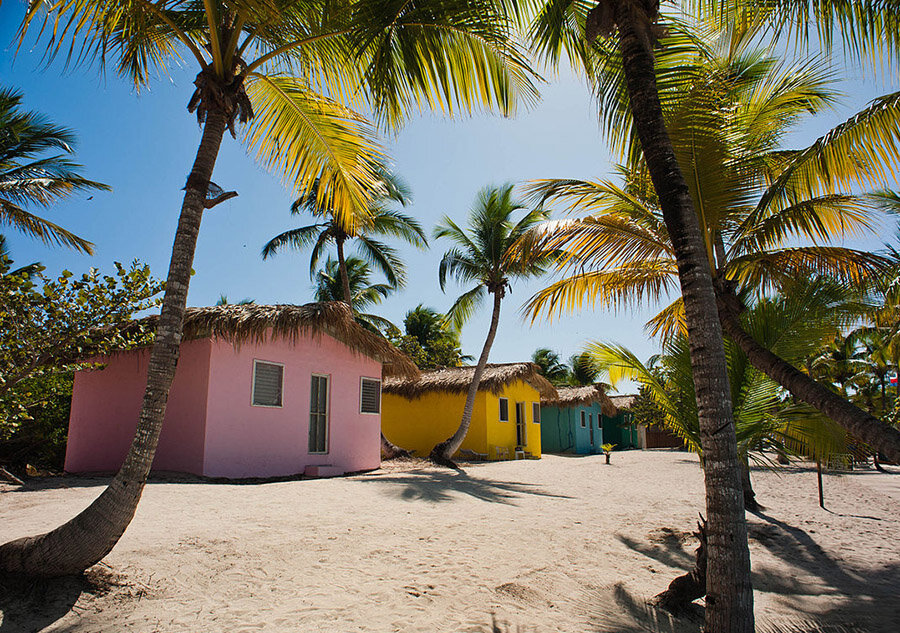читайте также
 Where the Wealthy Live Comfortably: The Latest Ranking of Cities and Countries
Where the Wealthy Live Comfortably: The Latest Ranking of Cities and Countries
 Emergency landings in Portugal: rising incidents raise questions about flight safety
Emergency landings in Portugal: rising incidents raise questions about flight safety
 Prime London Property Prices Fall 3.2%
Prime London Property Prices Fall 3.2%
 How EU countries issue Schengen visas to Russians after the new restrictions
How EU countries issue Schengen visas to Russians after the new restrictions
 Construction sector in Georgia slows down after several years of growth
Construction sector in Georgia slows down after several years of growth
 Rising Tourist Taxes in 2026: Japan, Greece, Thailand, Norway, Venice, and Spain — How Much Will Travelers Pay?
Rising Tourist Taxes in 2026: Japan, Greece, Thailand, Norway, Venice, and Spain — How Much Will Travelers Pay?
Dominican Republic Real Estate Market: Price Growth and Foreign Demand

Housing prices in the Dominican Republic continue to rise, showing steady positive momentum amid increasing foreign buyer demand and stable macroeconomic indicators, according to Global Property Guide.
Price Dynamics
In May 2025, apartment prices rose 10.7% year-on-year, reaching an average of DOP 130,932 per square meter (about $2,200). By comparison, in May 2024, the increase was 7.4%. Adjusted for inflation, the real increase stood at 6.6%, indicating sustained purchasing activity and positive market expectations.
The detached housing segment also recorded notable growth, with the average price per square meter up 11.6% to DOP 104,612 ($1,760). The real gain was 7.5%. Prices have significantly exceeded pre-pandemic levels, supported by strong demand for properties with land — particularly from foreign buyers seeking seasonal residences or investment opportunities.
Demand Structure and Investment Activity
Foreigners remain the main driver of demand — including tourists, digital nomads, retirees, and families searching for a second home in a tropical climate. Coastal areas such as Punta Cana and Bávaro attract the most interest, especially properties priced between $350,000 and $600,000 with rental potential. Foreign capital is a key factor in both price growth and the expansion of new construction, particularly in high-income tourist zones.
According to ProDominicana, foreign direct investment reached $4.5 billion in 2024, up 3% from 2023 and marking the highest level in three years. Of this, $798 million went into real estate, underscoring strong investor interest. The U.S. was the largest contributor (27% of total FDI), followed by Canada ($207 million) and Mexico ($210 million).
As reported by UNCTAD, the Dominican Republic remains the top FDI recipient among small island developing states, accounting for nearly 50% of total inflows in this group in 2024 — up 21% year-on-year. The country significantly outperforms markets such as Jamaica and the Bahamas in real estate and tourism investment volume.
Tax Incentives and Tourism Impact
The market’s appeal is largely supported by favorable tax policies for foreign investors. Benefits include a 50% reduction in property tax and full exemptions on dividends and interest income. The country offers a special program for retirees and individuals with passive income (Law No. 171-07), while developers can secure up to 10 years of preferential treatment under Law No. 158-01. These incentives not only boost capital inflow but also stimulate infrastructure development.
Tourism remains a crucial growth factor. In 2024, the country welcomed a record 8.5 million tourists and 2.6 million cruise ship passengers. In the first four months of 2025, 4.37 million international arrivals were recorded — a 4% increase over the same period last year. Rising visitor numbers are driving demand for short-term rentals and residential investment.
Macroeconomic Base and Rental Yields
The positive market trend is supported by robust macroeconomic performance. GDP per capita has nearly quintupled over the past two decades — from $2,460 in 2003 to over $11,500 in 2024. Poverty has dropped from over 40% in 2010 to 19% in 2024. Economic growth reached around 5% in 2024 and is forecast at 4% for 2025.
Rental yield analysis shows stable returns in Santo Domingo and Punta Cana. In the capital, gross yields are about 7.3% for one-bedroom apartments and up to 7.9% for two-bedroom units. In Punta Cana, yields for one-bedroom units exceed 8%. Net yields after taxes and expenses are estimated at 5–6%, making the market competitive with other Latin American countries.
Historical data confirms steady growth: real prices have risen about 8% over the past decade. In 2024, nominal growth was 10.2%, with a 6.4% real increase. While growth rates are more moderate than in some other regional markets, such as Chile, the Dominican Republic benefits from stability, predictability, and investor protection. The 2025 forecast calls for 7–12% price growth.
Potential Risks and Vulnerabilities
Challenges include high income inequality, limited housing affordability for locals, and potential overheating in certain market segments. Crime rates in some areas may also deter buyers seeking personal residences.
Transparency International gave the country a score of 36/100 in its 2024 Corruption Perceptions Index, highlighting persistent issues with governance transparency that may complicate property transactions.
The U.S. Department of State notes that property registration involves six steps and takes an average of 33 days, with transaction costs around 3.4% of the purchase price. Purchases within 10 kilometers of the Haitian border are restricted.
According to the World Bank, the Dominican Republic is highly vulnerable to climate risks, with coastal areas frequently hit by hurricanes and flooding. Extreme weather events can cause losses of up to 14% of gross national income, adding pressure to the real estate sector.





